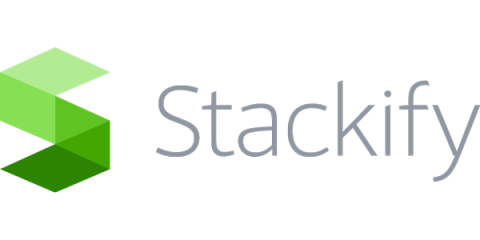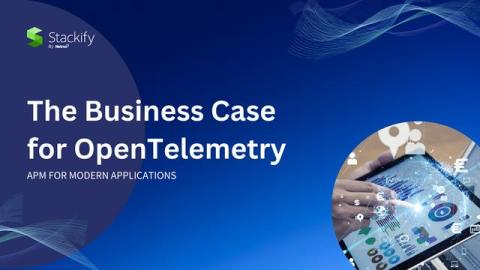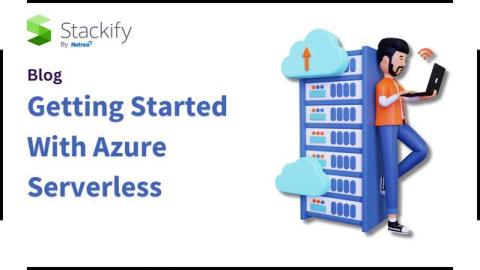Prometheus Monitoring: What You Need to Know
Effective monitoring is crucial for maintaining system health and performance. Prometheus has grown in popularity as a an open-source monitoring solution, gaining traction among developers and operations teams, especially in cloud-native monitoring environments. In fact, Kubernetes – the de facto industry standard for deploying and operating containerized applications – comes bundled with Prometheus.











